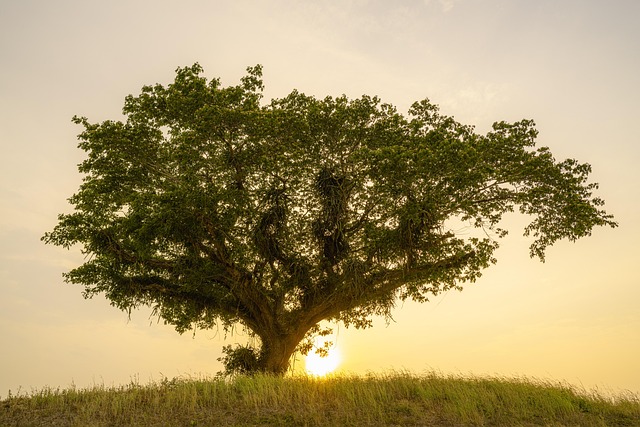After a storm hits, quick and efficient cleanup is crucial for Anderson, SC, businesses. This comprehensive guide provides expert advice on navigating post-storm damage, from assessing hazards and identifying safe zones to clearing lots effectively. We outline essential equipment and proper disposal techniques, ensuring your commercial development’s safe and sustainable restoration. Whether dealing with fallen trees or debris, our step-by-step approach equips you for a smooth recovery process.
- Assessing Storm Damage: Identifying Safe Zones and Hazards
- Essential Equipment for Efficient Lot Clearing
- Proper Debris Disposal and Recycling Techniques
- Restoring Your Commercial Development Post-Storm: A Step-by-Step Guide
Assessing Storm Damage: Identifying Safe Zones and Hazards
After a storm, assessing damage is crucial for any Anderson, SC commercial development. The first step is to identify safe zones free from fallen trees and debris. Experts in lot clearing play a vital role here, ensuring personnel and equipment can operate securely. They locate hazards like live power lines, structural damage, or blocked access points that might impede cleanup efforts.
By carefully navigating the landscape, these professionals create a clear plan for removing debris efficiently. This involves assessing tree damage, which could range from uprooted branches to completely upended trees, and determining the best strategies for extraction without causing further harm or injury.
Essential Equipment for Efficient Lot Clearing
When it comes to efficient lot clearing after storm damage, having the right equipment makes all the difference. For both residential and commercial development in Anderson, SC, experts recommend a well-equipped toolkit to navigate through fallen trees and debris swiftly. A robust chipper or shredder is an indispensable tool for reducing tree branches and wood waste to manageable sizes, saving time and effort during cleanup.
Additionally, a sturdy backhoe loader can efficiently remove large debris and uproot trees that are blocking access. For areas with dense vegetation, a brush cutter or chain saw is crucial for clearing paths and cutting through thick underbrush. These essential pieces of equipment, combined with skilled labor, ensure a faster and more organized lot clearing process, allowing commercial developments in Anderson to restore their properties promptly.
Proper Debris Disposal and Recycling Techniques
After a storm, proper debris disposal and recycling techniques are essential for both residential and commercial properties in Anderson, SC. Expert lot clearing services play a crucial role in managing fallen trees and other debris resulting from severe weather events. Professional teams employ specialized equipment to efficiently clear land and ensure safe entry for residents and workers.
Recycling and responsible disposal of storm-related debris contribute to environmental sustainability. Many materials, such as wood, metal, and plastics, can be reused or recycled, reducing waste and the need for new resources. Local recycling centers often have specific guidelines for storm debris, ensuring that materials are properly categorized and processed, thereby benefiting both the community and the environment in the long term.
Restoring Your Commercial Development Post-Storm: A Step-by-Step Guide
After a storm hits, restoring your commercial development in Anderson, SC, can seem daunting. However, with expert lot clearing services, the process becomes more manageable. Here’s a step-by-step guide to help you navigate post-storm cleanup:
1. Assess the Damage: Begin by thoroughly inspecting your property for fallen trees, damaged structures, and debris. Document everything for insurance purposes. This step is crucial in determining the extent of the work required.
2. Contact Expert Lot Clearing Services: Engage professional lot clearing experts in Anderson, SC, who are equipped to handle storm damage. They possess the necessary tools and experience to safely remove trees, branches, and other debris from your commercial development.
3. Clear Debris: The next step involves efficient debris removal. Experts will use specialized equipment to clear large debris like tree trunks and branches, ensuring a safe and thorough process. They’ll also take care of smaller items, such as broken glass and scattered materials.
4. Remove Fallen Trees: If trees have fallen on your property, these professionals can safely extract them, preventing further damage or injury. They understand the importance of proper tree removal to avoid damaging surrounding structures or infrastructure.
5. Restore Your Property: Once the lot is cleared, work begins on restoring your commercial development. This might include repairs to buildings, landscaping, and ensuring the site is ready for reuse.
